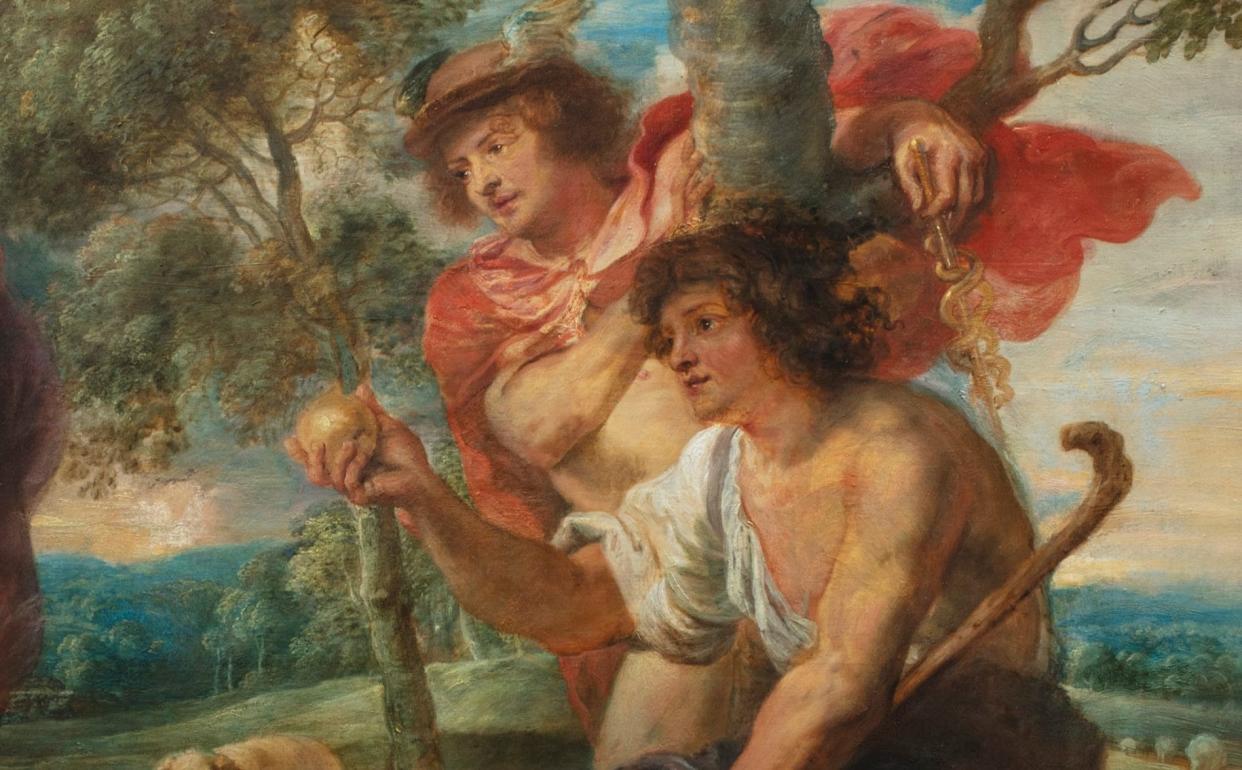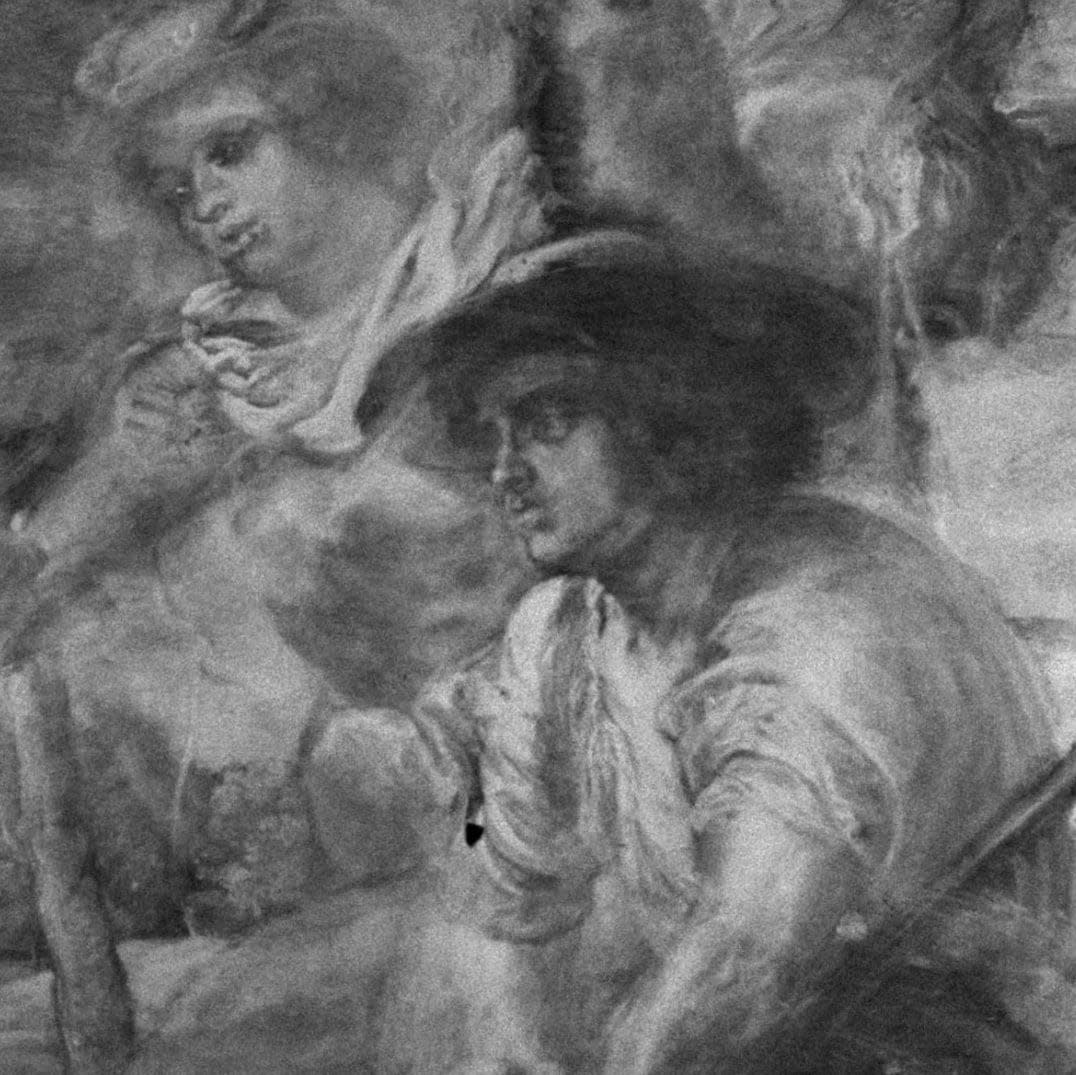Rubens masterpiece retouched four times to make it ‘less erotic’

A Rubens masterpiece was retouched four times by artists who made it “less erotic”, analysis by conservators has revealed.
The Flemish painter’s six-foot-wide The Judgement of Paris is being rehung in the National Gallery after a 14-month conservation, during which the canvas was scanned with infrared light.
Experts found that a number of tweaks had been made to Rubens’s work by later painters, including efforts to tone down its racier details.
The 1636 work depicts the mythical hero Paris choosing the most beautiful of three Greek goddesses and was first acquired by the National Gallery in 1844.
Now, analysis has revealed that cherubs pulling at the female figures’ clothing were later painted out – and Paris was altered so he is no longer gawping at the goddesses.
The efforts to tone down the more lewd elements of the work may have been carried out by a French artist after Rubens’s death in 1640.
Britta New, a conservator, said: “I would say that what we meant here was that, although there was no change to the painted nudity of the goddesses, the scene was made less erotic, more modest by covering up certain elements.”
Rubens made numerous paintings of the episode in Homer’s Iliad when the handsome Trojan prince Paris is given the task of choosing whether Athena, Hera, or Aphrodite is the most beautiful goddess.
Paris chooses Aphrodite, presenting her with a golden apple. It is this moment which is shown in the version of the painting that visitors see today.
However, scans looking through layers of paint have revealed an earlier version, with Paris staring at the nude goddesses, still making his decision. This seems to have been painted over by a later artist.
Cherubs, or “putti”, included by Rubens tugging at the minimal clothing of the goddesses were painted out at a later date – and satyrs leering from the trees were also covered, the scans showed.
Ms New said: “The moment of the story was altered from Paris and Mercury looking, before making a choice, to Paris already offering the apple to Venus – and the goddesses appearing to be beginning to conceal their nudity, rather than it being forcibly revealed.”

Experts believe these changes may have been made between 1676 and 1721, long after Rubens’s death, by an unknown French artist employed by the Duc de Richelieu or the Duc d’Orléans, who were later owners of The Judgement of Paris.
The lengthy conservation process, funded by Bank of America, presented conservators with a difficult dilemma: whether or not to peel back the layers of paint and present Rubens’s work as it originally appeared. The decision was made to leave the various retouches intact.
The conservation was undertaken to celebrate the National Gallery’s 200th anniversary, which has prompted a redisplay of major works in the collection.


